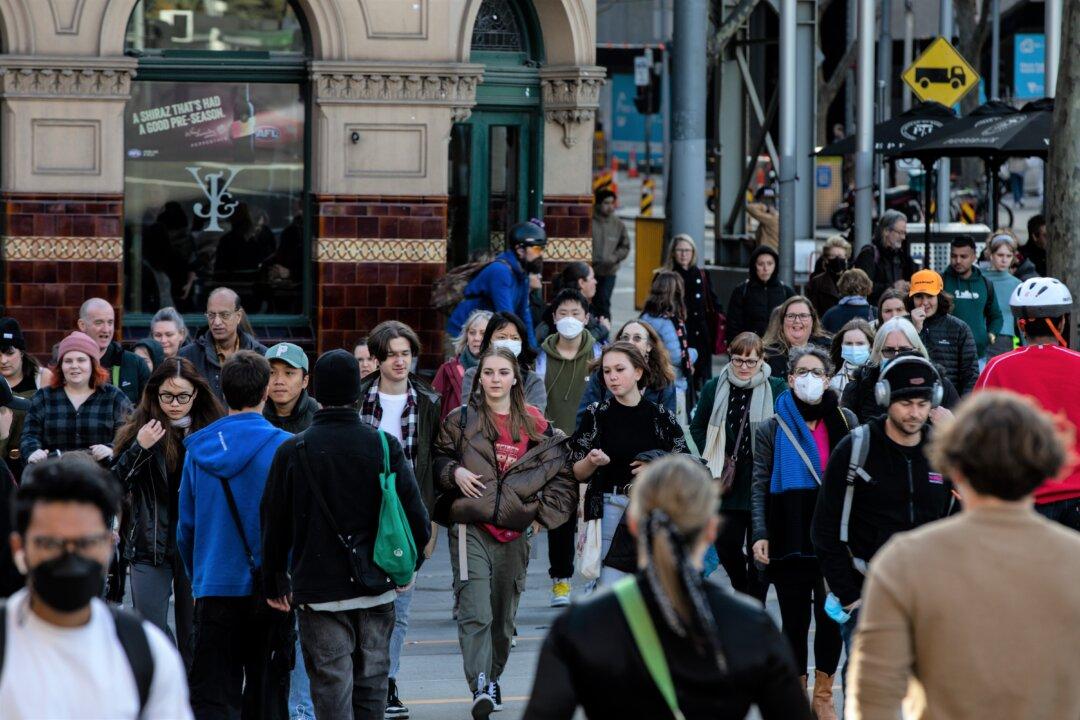The Australian economy has shown worrying signs as the nation enters into the second quarter of declining economic output per capita.
According to the latest national accounts, Australia’s GDP per capita dropped by 0.5 percent in the September 2023 quarter, following a 0.1 percent fall in the June quarter.





